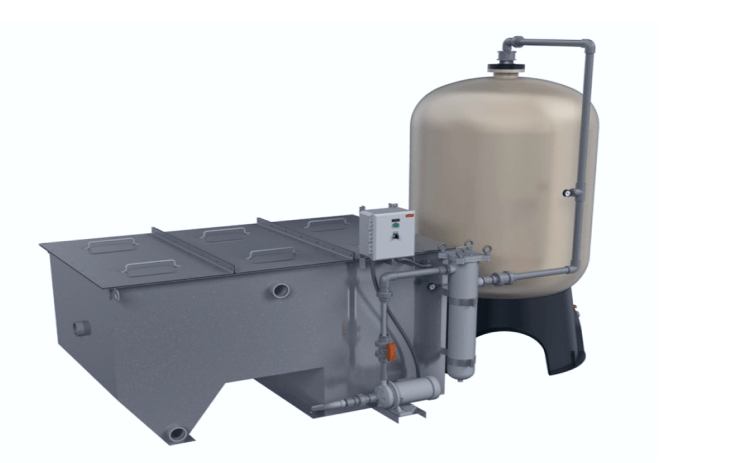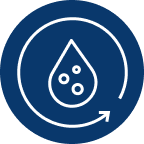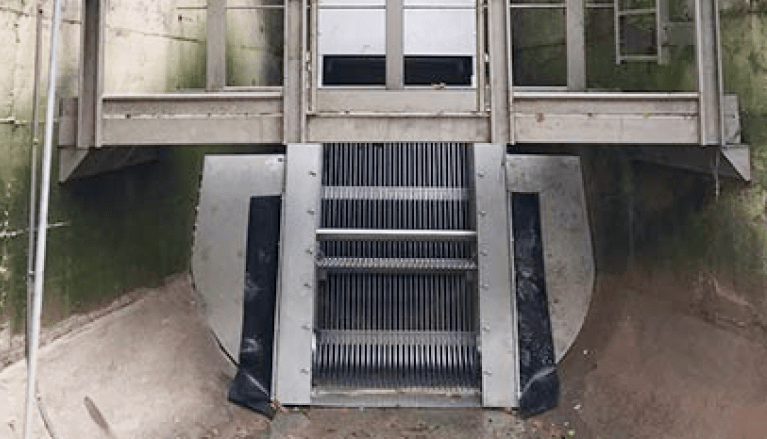Technology Category: Industrial Effluent Treatment

Application of Oil and Grease Separators in our solutions

Improving water quality before entering the treatment system

Advantages of VEW
Application of VEWs in our solutions

Wash water treatment and reuse

Application of Automatic and Manual Screens in our solutions

Protects the plant and machinery from debris that can disrupt the process

Advantages of Lamella Clarifiers
Application of Lamella Clarifiers in our solutions

The process is mainly used for dealing with oils and grease present in residual liquids emanating from industrial activities in the petrochemical, chemical, mechanical, metallurgical and food-processing sectors

Application of Clarifiers in our solutions

Secondary clarifiers follow biological treatment units and are designed to remove biomass formed during biological treatment and other solids present in the influent to the biological treatment unit

Remove settleable solids from wastewater before biologically treating it for dissolved organics

Thickening of the biological sludge that accumulates in waste water

Advantages of DAF
How It Works

Application of DAFs in our solutions

Pre-treatment for wastewater before being disposed of into the municipal sewer or before supply to a biological treatment system

Treatment of industrial effluent